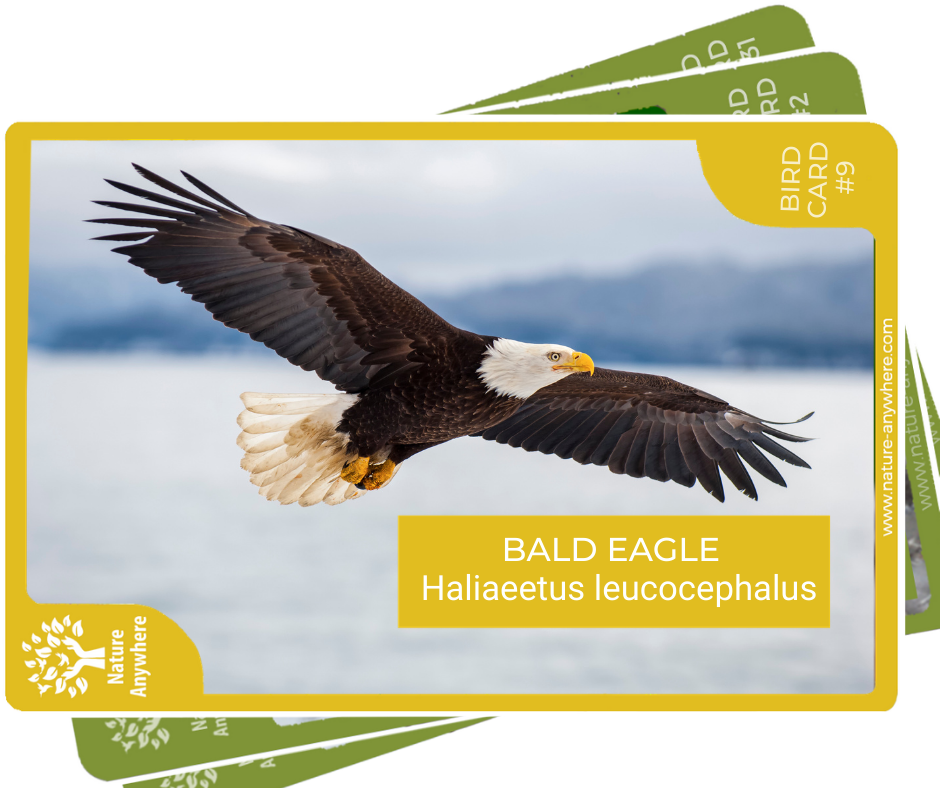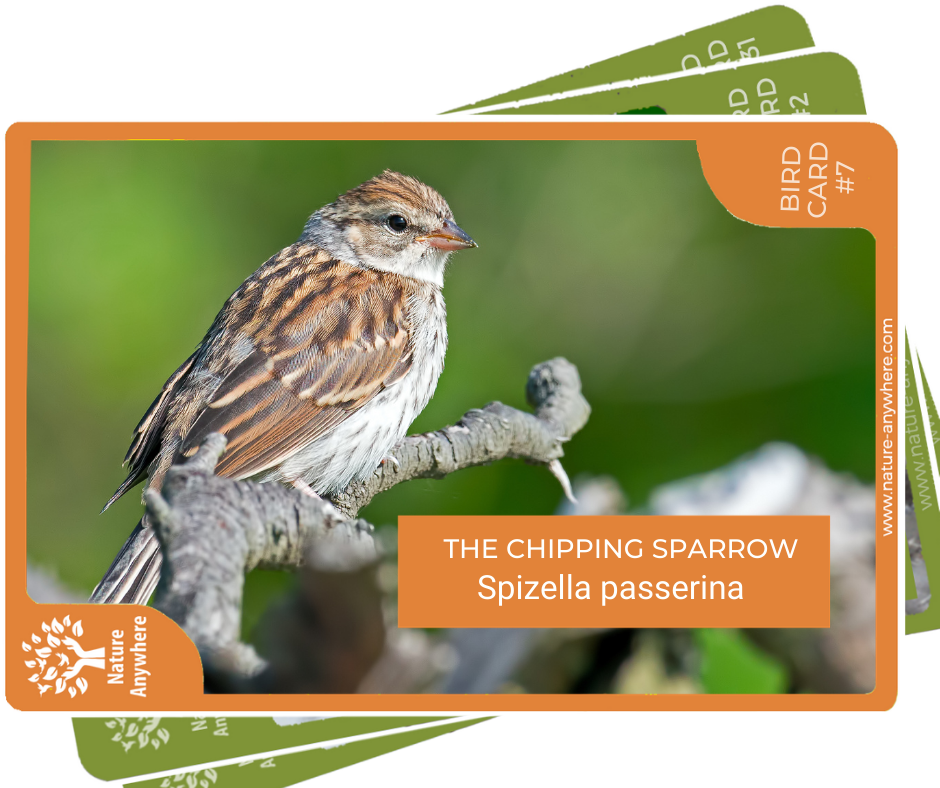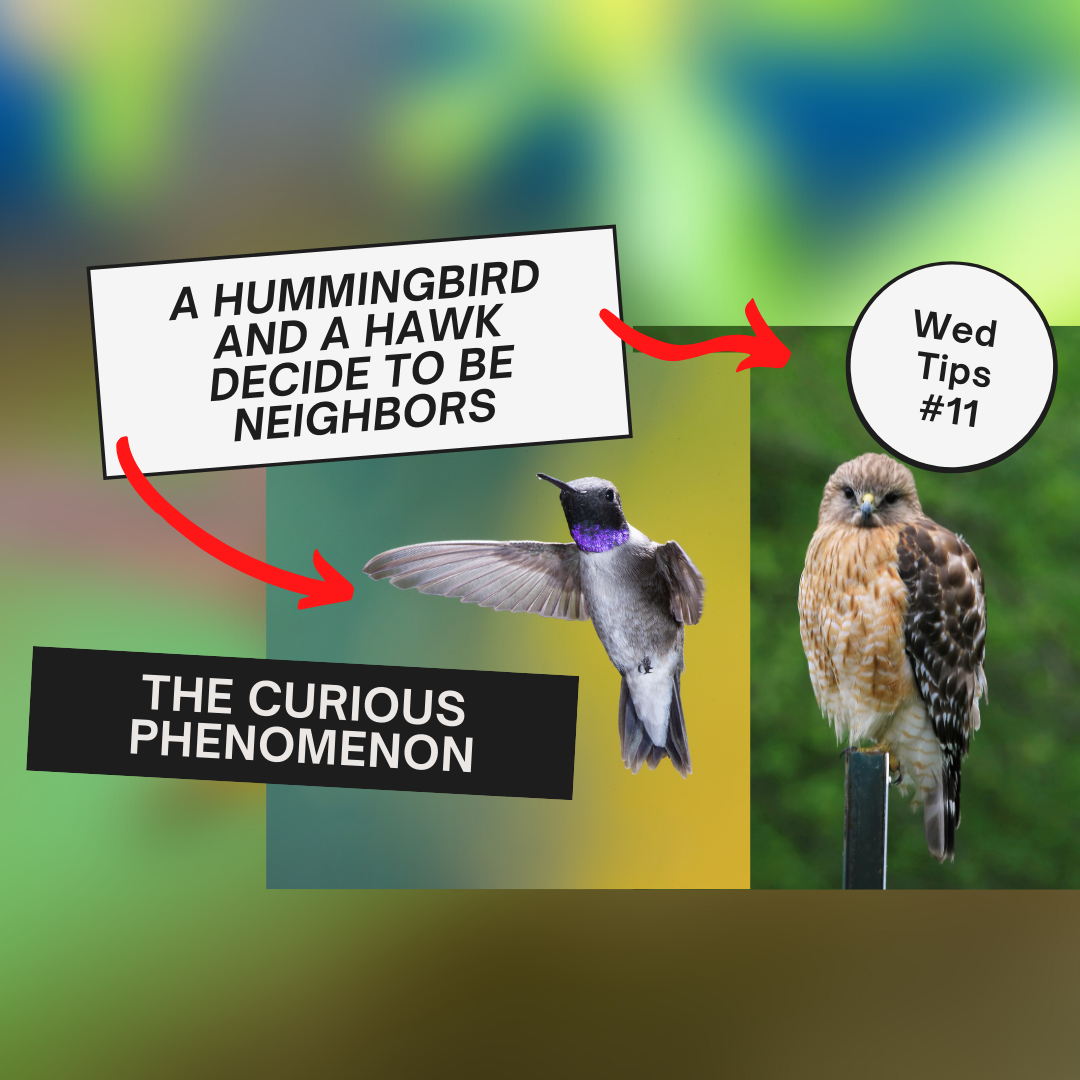
The Bald Eagle has been the national bird of the United States ever since 1782, and the spiritual symbol for native Americans way before then.
But even though they are the proud national emblem, bald eagles were nearly wiped out by hunting, pesticides and pollution. Some say DDT was a major factor for their almost-extinction, some say it’s a myth.
Luckily, bald eagles recovered and flourished again under the Bald and Golden Eagle Protection Act which came into force in 1940.
Bald eagles aren’t really bald. In fact, the name comes from an old English word “balde” - which means white. Their glistening white-feathered heads shine out in contrast to their coffee-brown body and wings.
Ben Franklin famously objected strongly against proposing this bird as a national symbol. To him, though these majestic flyers rule the sky with such power, they live by cheating: they scavenge carrion and even steal prey from the clutches of other animals.

Still, it’s always inspiring to see bald eagles soaring in the sky - they can reach a height of up to 10,000 feet! They spot their prey with their spectacular eyesight which can see a mile away, 3 or 4 times further than humans. They have two centers of focus which give them the ability to see forwards and sideways simultaneously. Once they've spotted their prey, they swoop down at a speed of up to 100 miles an hour! They can glide just above the water, snag a fish with their talons, and fly off to a comfortable place to feast.
In the winter, bald eagles gather by the hundred and hunt together. The largest congregation of bald eagles was spotted in the United States in Nov last year.
This regal bird, native only to North America, is actually a sea eagle which roams mainly inland along rivers and large lakes where fish are abundant.
LOOKS
The adult male is around 36 inches with a wingspan that can reach up to 6.6 feet. Females are bigger than the males and weigh 25% more. Their bodies can be 3 feet long, with a wingspan of 8 feet across. Look from your floor all the way to the ceiling. Her wings are that long!
It is interesting to note that bald eagles which breed in the southern parts of the United States are smaller than those that breed farther north.

Both sexes of the bald eagle are dark brown with yellow eyes and a white head and tail. They have massive yellow beaks, huge talons, and oversized yellow feet which are equipped with spicules (small spikes.)
Juveniles are brown with a whitish tail and wing linings, but the glistening white head and tail coloring do not appear until the little one is four to five years old.
In the wild, bald eagles can live to be 35 years old or more. However, 50% don't make it to adulthood. In 2015, a wild eagle in Henrietta, New York, died at the ripe old age of 38.
EATS
Bald eagles snag fish out of the water with their talons. Sometimes they follow seabirds since they know where the fish are - like a sort of GPS to the fish source.
Sometimes bald eagles rob ospreys of their catch. Besides live fish, they also prey on other seabirds, small mammals, snakes, turtles, crabs, and scavenge carrion including roadkill and wounded animals in the wild. Generally, the adults do the hunting and killing, whereas the eaglets tend to rely more on scavenging and piracy.
SOUNDS
You'd think the looks of a powerful bird will match its sound. Not so for the Bald Eagle. The male surprisingly has a high repetitive squeaky voice. The female has a softer high-pitched note that has been called “unlike any other calls in nature."
BALD LOVING
Bald eagles usually mate for life and don’t necessarily breed every year. Though monogamous, if one of them dies or disappears, the other will take on a new mate. Failing to breed may cause a couple to split up and look for other mates.
Bald Eagle courtship rituals involve a magnificent acrobatic show which includes cartwheels, roller-coaster swoops, and of course - chases.
“Eagle nests'' are called aeries. Each pair constructs an enormous platform of sticks, one of the biggest in the bird-world. The aeries can be up to 13 feet deep and 8 feet wide. Some nests were weighed at 2000 lbs!
The nests are built high above the ground on top of a large, isolated tree or on the apex of a rock - always in close vicinity to water, their food source. Some pairs come back every year to the very same nest, each time adding more sticks, twigs, and grass. The nests can grow to be twice their size.

The female lays two or three eggs and then incubates them for up to a month. Both mama and papa share the incubation as well as the feeding of the young’uns.
Juveniles are called eaglets. The hatchlings are born light grey then turn brown. It takes four to five years for them to reach their final distinctive coloration. Eaglets travel great distances. Some birds born in Florida have been spotted in Michigan, and California eagles have made the journey all the way up to Alaska.

NEST CAM
Check out the nest cam of Hanover, Penn. See their activity 24/7! (I'm kind of addicted to it!)
During the nesting season, the Pennsylvania Game Commission encourages eagle watchers to stay at least 1,000 feet from bald eagle nests. Avoid sudden movements, whisper rather than talk and reduce sounds or movements that can bring stress to the nesting bald eagles. Here’s the bald eagle nest etiquette!
FUN FACTS
- The largest bald eagles are found in Alaska. Some of them weigh as much as 17 pounds, almost the weight of a bowling ball!
- How to differentiate between a vulture and an eagle: Bald eagles usually fly with their wings practically flat. On the other hand, the turkey vulture, another dark, soaring bird, flies with its wings up in a shallow V shape called a dihedral.
- Now this is a strange phenomenon: Bald eagles sometimes grab each other's feet - while flying - and spin around while plummeting to the earth. It is unclear why they do so - it could be a courtship ritual or a territorial battle. But it’s pretty aggressive. The pair usually separates before hitting the ground but sometimes they hold on and won't let go. Check out these two male bald eagles locking talons and hitting the ground with their feet still connected. One subsequently escaped and the other was treated for talon wounds.
According to Gregg Thompson “In an act of aggression, the eagles fly high up in the air, lock talons, and spin toward earth, releasing one another just before they hit the ground. If you think this is dizzying, consider how the eagles feel.”
Life is no picnic for the Alaskan bald eagles:




Leave a comment
All comments are moderated before being published.
This site is protected by hCaptcha and the hCaptcha Privacy Policy and Terms of Service apply.